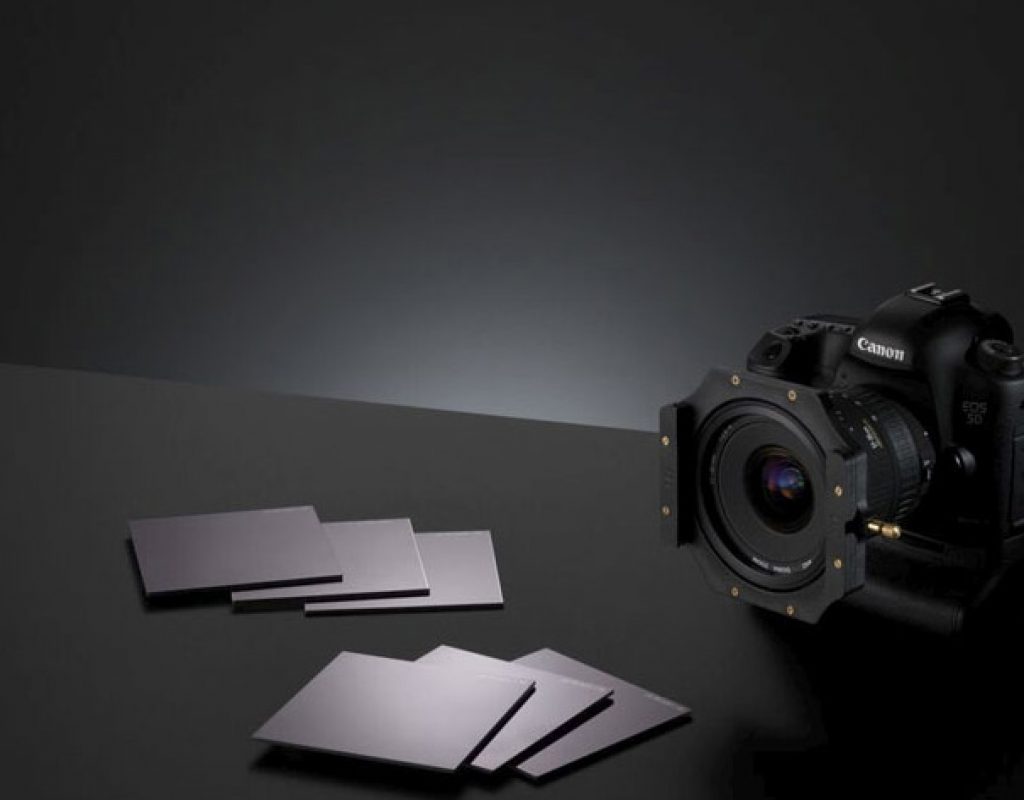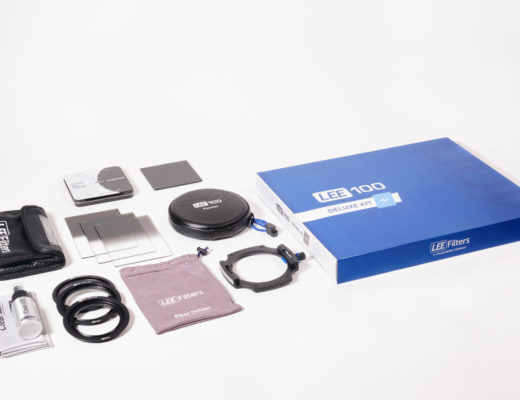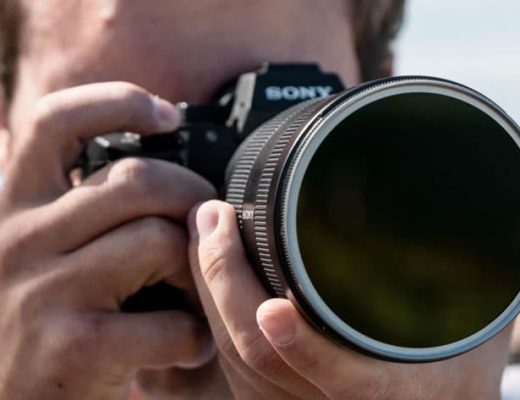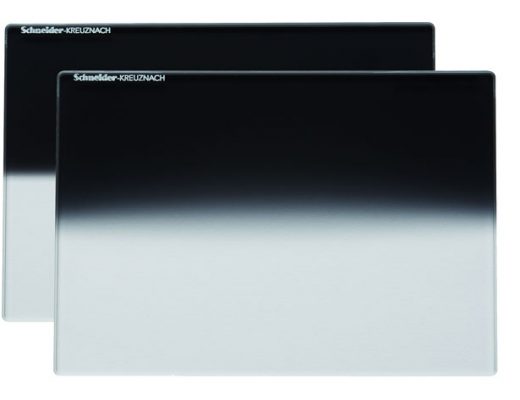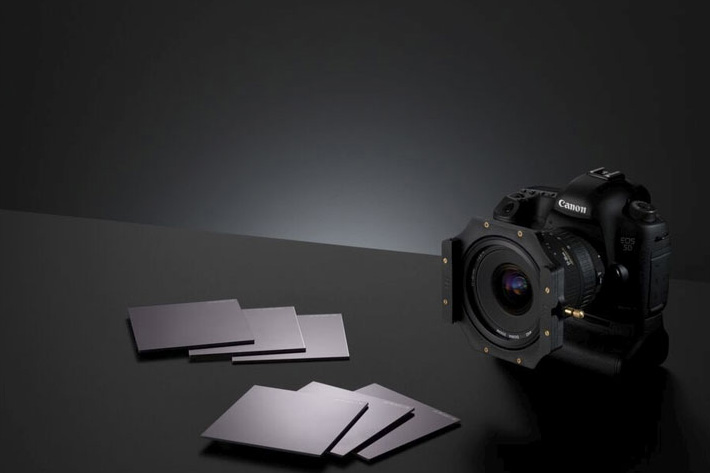
Two years in the making, the ProGlass IRND range sets a whole new standard in high quality glass neutral density filters, says LEE Filters.
The ProGlass IRND range was initially designed for the movie industry, to meet the exacting requirements of leading cinematographers. Hailed, according to LEE filters, as the the best neutral-density filters on the market, now they are available to the stills photographer, in sizes to fit the LEE Filters Seven5, 100mm and SW150 systems.
LEE Filters is not alone on this recent rage when it comes to neutral density filters and IRND or InfraRed Neutral Density filters. Different brands have been offering solutions for both cinematographers and photographers. Breakthrough Photography or Aurora Aperture are names that started in the photographic segment but are also offering their own ND solutions to cinematographers, while LEE Filters, which is a popular name in the photographic segment, makes the path from movies to stills, with their ProGlass IRND. There is a growing interest for NDs, and one special appetite for high quality NDs.
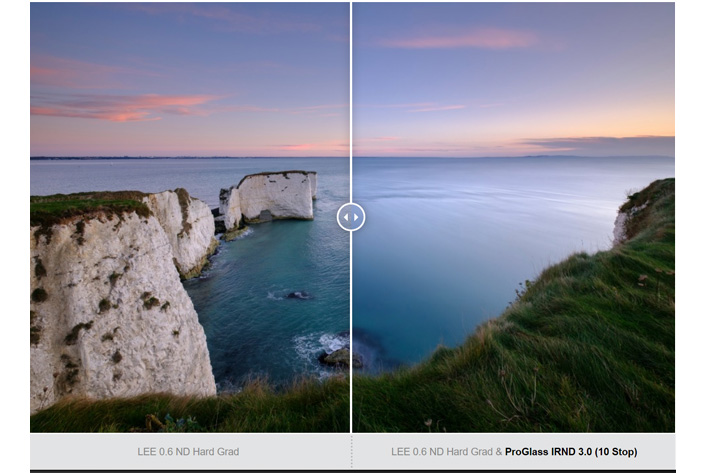
Advances in coating technology mean that the filters, which are manufactured from 2mm-thick, optically flat glass, are available not only in strengths of two (0.6ND), three (0.9ND), four (1.2ND) and six (1.8ND) stops, but also in ultra-long 10 (3ND) and 15-stop (4.5ND) versions. Not only this, but all filters in the range – whatever their strength – are designed to be free of colour casts, with extremely accurate stop values, ensuring consistency in all shooting conditions and allowing for absolute precision when exposing images. Their neutrality also means less time spent tweaking colour balances in postproduction.
In addition, filters in the ProGlass IRND range are designed to block both infrared and ultraviolet pollution. As a result, blacks are rendered truly black, whites are clean, and results reveal a crispness that is second to none.
The 6, 10 and 15-stop versions of the ProGlass IRND filters come with a foam seal to prevent light leaks during long exposures, and should be placed into the filter slot closest to the lens. While the 2, 3, 4 and 6-stop versions do not feature a foam seal, it is still recommended also to place them into the slot closest to the lens. LEE Filters says that “all filters in the ProGlass IRND range can be used in conjunction with other filters, including neutral-density grads and the polariser.”

Filmtools
Filmmakers go-to destination for pre-production, production & post production equipment!
Shop Now